9. Nevermore (Toke Constantin Hebbeln, 2006) / Germany
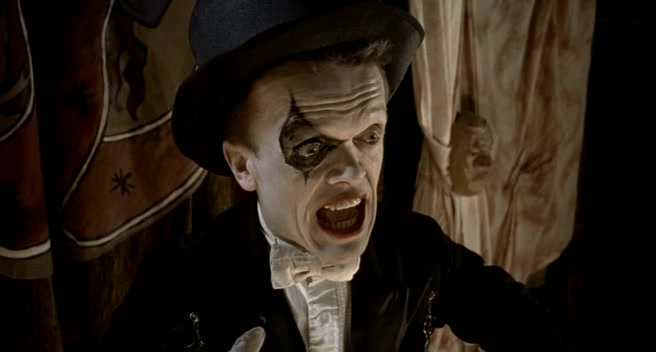
Shrouded in sincere emotions, “Nevermore (Nimmermeer)” is a coming-of-age drama in the spirit of a dark (Grimms’ or Andersen’s) fairy tale which shares, to a certain extent, the mood of some Bergman’s and Burton’s works.
It focuses on a poor eleven-year-old boy, Jonas, whose fisherman father is taken by the North Sea, so he ends up living with a hypocrite priest, Ekdahl. The arrival of a traveling circus brings a smile to a kid’s face once again and shines a light of hope into his miserable life.
As Leonard Proxauf captivates in the role of Jonas, Hebbeln guides you through the magic world of euphonious soundscapes and hypnotic, thoughtfully crafted images dominated by muted tones of brown, gray and blue. Adding a pinch of the supernatural in the form of a pure childlike fancy, he and his co-writer Nina Vukotić demonstrate great storytelling skills and deliver a film that can be enjoyed by many generations.
10. Ten Nights of Dreams (2006) / Japan
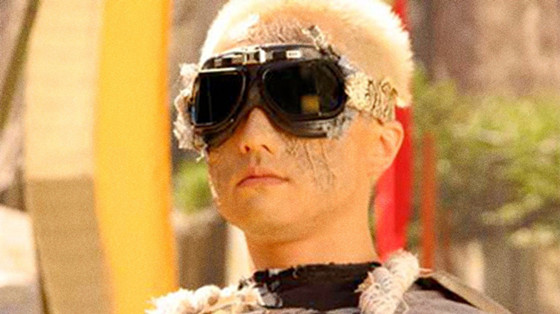
Based on Natsume Sōseki’s short stories serialized in Asahi Shinbun, “Ten Nights of Dreams” is an attempt at solving the riddles posed by the writer exactly 100 years ago. An outstanding collection of ten vignettes (plus intro & outro) is delivered by eleven directors (two of them worked together) ranging from veterans to rookies.
After the sepia-tinged prologue, we’re thrown into the first dream helmed by Akio Jissōji who skillfully utilizes (blue) lighting and breaks the fourth wall as an homage to Sōseki’s occasional escapes from reality. Titled “Love”, his segment pictures a surreal love story in which time goes backward and Natsume’s wife wishes to be buried with a goldfish.
Kon Ichikawa brings “Pain” in the vein of silent cinema and speaks of spiritual enlightenment in the gloomy minimalist setting of B&W and a red detail. Following is “Son” by Takashi Shimizu who pulls us into a twisted nightmare of alienation and repressed childhood memories, with a blind and freaky boy as our guide.
Atsushi Shimizu’s “Nostalgia” displaces the writer from the Meiji era to the post-WWII period and takes him on a meta-adventure which involves children disappearances. Set in the present day, Lynchian “Fear” by Keisuke Toyoshima recounts the “tale” of a woman who lost her son and husband in an accident (or so it seems). The appearance of the mummified doppelgängers injects a bit of creepiness and bizarre, cartoonish humor.
“Passion” by Suzuki Matsuo is one of the two weirdest vignettes in this anthology – it marries the hand-carving of Nio guardian to break-dance, pantomime and cyberpunk aesthetics in the most anachronistic way possible, only to end with a gaga twist.
Yoshitaka Amano and Masaaki Kawahara’s lavish “Loneliness” cuts through the waves with a tremendously large ship (to paraphrase the narrator) which carries, among the others, blue giants, flying pumpkins, a mysterious stranger and a girl who plays a huge-butterfly-decorated piano. Its lavish CGI brings Amano’s illustrations to life.
Nobuhiro Yamashita’s “Imagine” (which is not related to John Lennon’s song of the same name) offers a new approach to the logic of dreams and baffles you with fluorescent fish and transparent Chow Chows. More restrained than all of her colleagues is Miwa Nishikawa whose “Family Love” carries an anti-war message in a fragmented package.
And the blast for the last is Yūdai Yamaguchi’s “Egoism” – a zany, grotesque mélange of slapstick humor, J-western and over-the-top horror-fantasy.
11. Autumn Ball (Veiko Õunpuu, 2007) / Estonia

“Autumn Ball (Sügisball)” – the Estonian director Veiko Õunpuu’s feature debut – is the adaptation of the writer and ist Mati Unt’s novel of the same name. It is a frigid drama which chronicles the lives of six marginalized people who – loosely connected by the last breath of hope – inhabit a dreary residential complex from the Soviet era.
Ironic and deliberately uneventful, the film is a faithful portrait of alienation and despair of a few disoriented individuals unable to face themselves and those (beloved) around them. In his depiction of atrophied emotions, Õunpuu shows no mercy to the viewer who is given just a few moments of sour comic relief.
A depressive, “Bergmanesque” atmosphere is achieved through the characters fighting a doomed struggle, as well as the brilliantly cold cinematography of Mart Taniel and Ülo Krigul’s ominously melancholic score which intensifies the cries of misunderstanding. Superbly acted, Õunpuu’s slow procession of the abandoned ones leaves visible traces on its route.
12. May (František A. Brabec, 2008) / Czech Republic

Inspired by Karel Hynek Mácha’s poem “May (Máj)”, this cinematic ode to the spring is far more impressive than the English translation of the original work. Even without any subtitles, the verses recited by Jan Tříska in the role of the narrator-hangman sound pleasing to your ears.
A harmony of the elegant, powerful, frequently erotic imagery and oneiric, ambient-rock music by Support Lesbiens provides a beautiful watching experience akin to F.A. Brabec’s fairy tale-ish sophomore feature “Wild Flowers”. And it gives new meaning to romantic fervor.
The “dreaded” Forest King, Vilém, and his sexy peasant darling, Jarmila, are played by a couple of non-professionals whose youth and free spirit are, simply said, radiant. Their tragic love is born and dies in the breathtaking environment of a lake surrounded by the rocky mountains and a church on a verdant hill with a steep and stepped approach.
But, also praiseworthy is the gothic grandeur of the scenes which involve the Grim Reaper-like hangman who frequents the breaking wheel.
13. The Dirty Saints (Luis Ortega, 2009) / Argentina
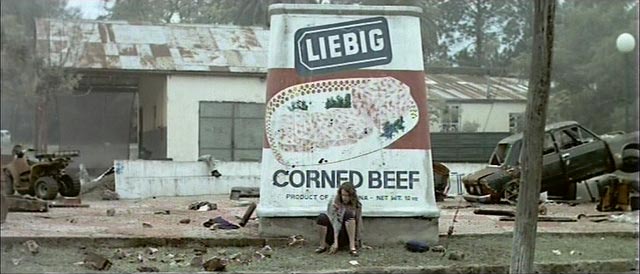
“The Dirty Saints (Los santos sucios)” brings a bleak, ironic, challenging story of both spiritual and physical purification that equals exodus. It is inspired by Ortega’s friends from the streets, as he himself claims in the Q&A for Screen Anarchy, and written under the influence of Beckett and Tarkovsky.
In his endeavors to understand the (homeless) people who smile in the most unenviable situation, the director puts his characters in a desolate town and the surrounding rural area at an unspecified time after a great war. Their salvation awaits across the Fijman River, yet no one amongst them knows for sure if there is even something out there.
Instead of waiting for Godot, they – five men (dirty saints?) and a woman (the personification of love/passion?) – decide to go searching for him, whoever he might be. On their quest for the unknown, Ortega poses many riddles whose answers lie scattered in the post-apocalyptic rubble wonderfully captured by Guillermo Nieto, as well as in the persistent noises which could be the product of the protagonists’ paranoia.
14. Chico & Rita (Tono Errando, Javier Mariscal & Fernando Trueba, 2010) / Spain | UK
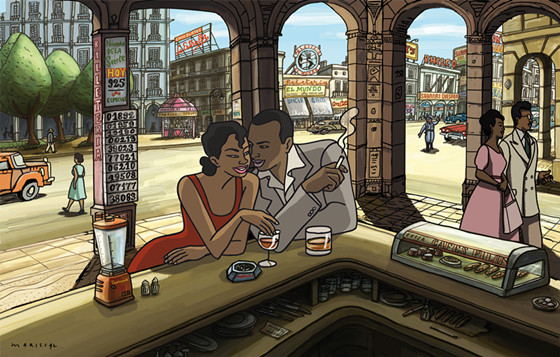
Fiery and decidedly retro, “Chico & Rita” revolves around the turbulent romance between a pianist virtuoso and a singer with an angelic voice, from their first encounter and shared success on Cuba to her rise in the world of American showbiz and his fall after his best friend’s betrayal.
Simultaneously and with great affection, the directorial trio depicts the couple’s constant breakups and makeups over a few decades and reviews the history of Cuba with quite an accuracy. A timeless story of star-crossed lovers is rendered in beautiful, flowing animation which seems to be produced by the rotoscoping technique and tweaked with some CGI. The vivid visuals are accompanied by Bebo Valdés’s seductive soundtrack which will surely mesmerize you, whether you’re a big fan of jazz and latino music or not at all.
This delightful combination puts you in a nostalgic mood and one might even say the atmosphere is reminiscent of the movies from the Hollywood’s Golden Age, whereby “Chico & Rita” doesn’t shy away from eroticism.
15. Head Hands Heart (David Jařab, 2010) / Czech Republic
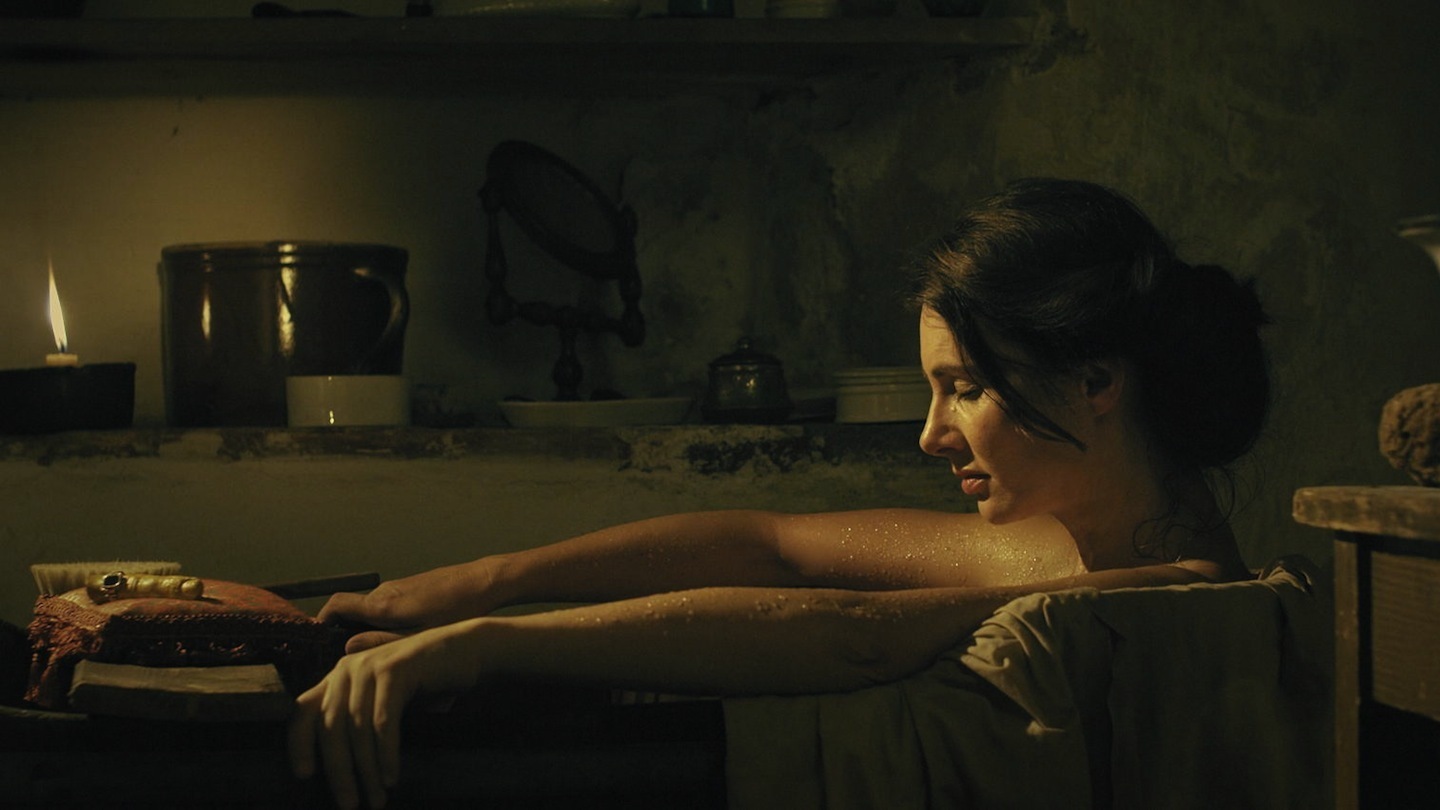
It is the year 1914. A bizarre death of Colonel von Haukwitz and the post-mortem amputations (which include the titular body parts) set in motion a chain of peculiar events, involving his fiancé actress Klara Knabelová, his best friend Lieutenant Heinrich Roth, the members of his secret cult and a military policeman, Karel Vrana.
Using the First World War as the backdrop of his ostensibly esoteric, uninhibited and idiosyncratic vision, David Jařab speaks of intimate conflicts, (in)dependence, individualism and revolutionary changes that bring forth the obsolete value system dissolution. This transmutation’s catalyst is Klara who is also a backbone of the story which depicts the clash of the traditional and the subversive, as well as the beginning of the phallocentric order downfall.
Built upon black humor and the logic of the absurd, Jařab’s surreal, cinematographically powerful drama seems like a long-forgotten work of the Czech New Wave. While it lasts, it brings more questions than answers, and its cryptic epilogue puts a sudden end to our mystery solving.
16. Sleeping Beauty (Julia Leigh, 2011) / Australia
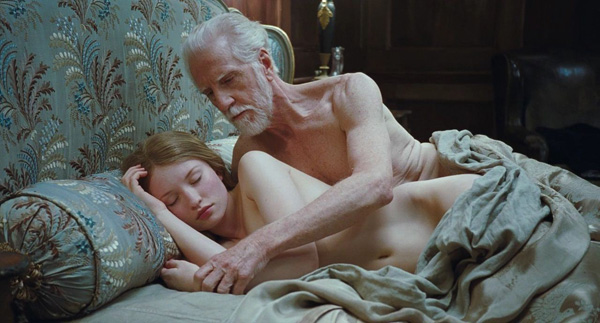
Sweet, delicate and frequently nude, Emily Browning bravely takes on the role of a promiscuous and emotionally lethargic student, Lucy. Between her money-driven sexual adventures and medical self-degradation, she is a nurse to a suicidal young man – the only one to whom she shares her feelings. During the search for a better-paid jobs, she comes upon an agency which provides “silver service” and “sleeping beauties” to the wealthy elderly…
In spite of its title and ethereal atmosphere, the feature debut for the self-confident Julia Leigh is not a fairy tale. However, it is not a feminist tirade either, even though the director touches upon the theme of misogyny. Then, what it is?
Given that Leigh keeps a very safe distance from the viewer who is placed in the position of a pervy voyeur, “Sleeping Beauty” can be categorized as a study of the passive and enigmatic Lucy whose psyche and perception of reality are hard to penetrate into (pun intended!). It could also be seen as a cold, hermetic, provoking, poisonous and disturbingly erotic drama which fascinates by its inspired, sophisticated imagery.
17. The Tragedy of Man (Marcell Jankovics, 2011) / Hungary
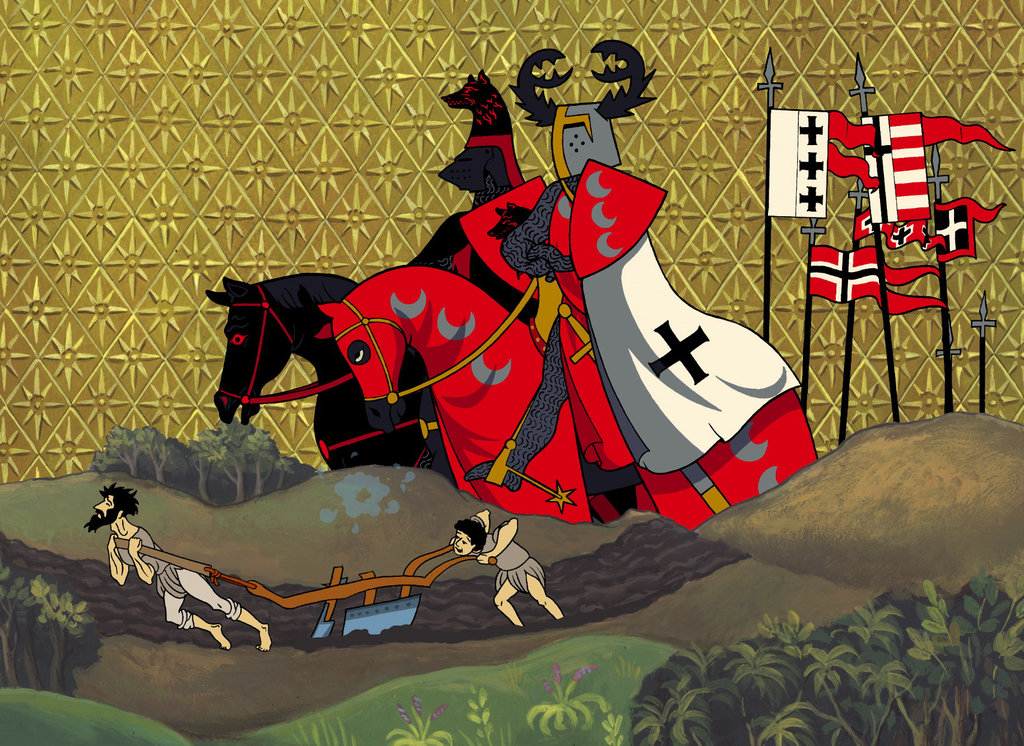
“The Tragedy of Man (Az ember tragédiája)” is based on Imre Madách’s play of the same name which is considered to be one of the most important works of Hungarian literature. In order to finish it, Marcell Jankovics went through a production hell and the result of his arduous struggle is an epic and challenging existentialist drama which shows the humans’ true faces.
The knotty plot follows Lucifer, Adam and Eve on an enlightening journey from the Garden of Eden, through the ancient history, earliest civilizations, Byzantine Empire, Kepler’s Prague, Paris in the early stages of revolution, industrialized London, technocratic “utopia” and all the way to the new ice age in a distant future.
Doomed to constant disappointments, Adam embodies all of humanity, whereby Eve who’s initially intoxicated by vanity restores his hope later in the film. Lucifer is determined to prove the Creator’s “experiment” absurd and the God is portrayed as whimsical, even cynical higher being. Jankovics stays true to the philosophical depths of Madách’s writings and in the addition, reviews more than a century after the writer’s death.
Each period of an endless, trial-and-many-errors quest for knowledge and meaning is illustrated in a different way and reflects the director’s innate talent. It is really hard to single out just one vignette, since they are all equally stunning.